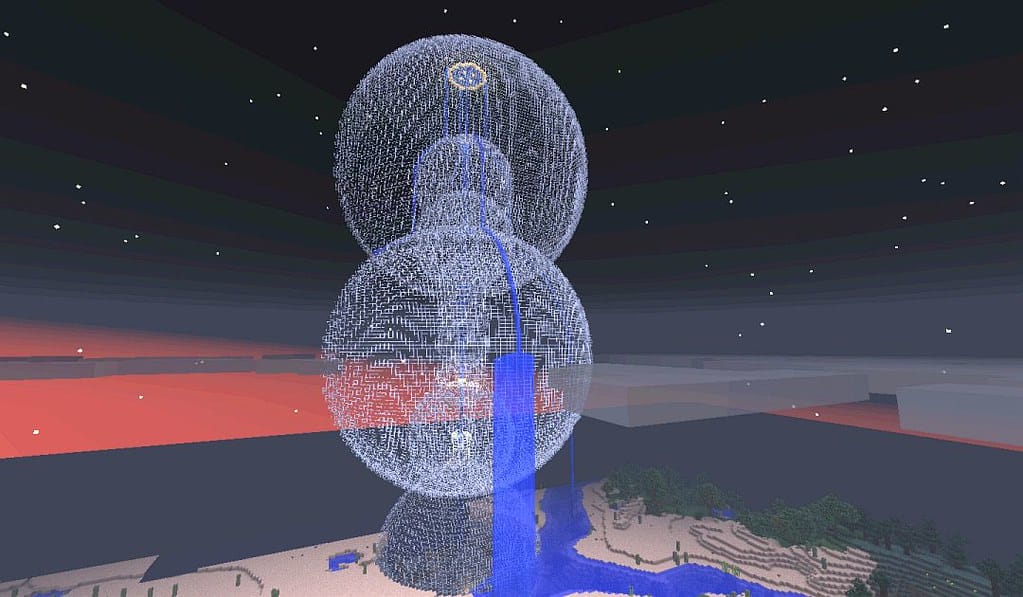Beyond Blocks: Why Minecraft is Revolutionizing Programming Education in the AI Era
As artificial intelligence reshapes the coding landscape, educators worldwide are discovering an unlikely ally in their quest to teach programming fundamentals: a pixelated world of blocks, creatures, and endless creativity. Minecraft, the beloved sandbox game that has captivated over 300 million players globally, is emerging as a powerful educational tool that's transforming how we introduce young minds to computational thinking and programming concepts.
The Perfect Storm: AI Disruption Meets Educational Innovation
The rise of AI coding assistants like GitHub Copilot and ChatGPT has sparked intense debate about the future of programming education. If AI can generate code on demand, what should we actually be teaching students? The answer lies not in memorizing syntax, but in developing problem-solving skills, logical thinking, and understanding fundamental programming concepts—areas where Minecraft excels.
Microsoft's acquisition of Minecraft in 2014 wasn't just about gaming; it was a strategic move that recognized the platform's educational potential. Today, Minecraft Education Edition serves over 35 million students and educators across 115 countries, with programming-focused lessons being among the most popular modules.
Building Logic, One Block at a Time
Visual Programming That Makes Sense
Minecraft's block-based programming environment, powered by tools like MakeCode and Scratch integration, transforms abstract coding concepts into tangible, visual experiences. Students don't just write loops—they see their virtual character repeatedly place blocks to build structures. They don't just learn about conditionals—they program doors that open only when specific conditions are met.
Research from the University of Glasgow found that students using Minecraft for programming education showed a 40% improvement in computational thinking skills compared to traditional teaching methods. The game's inherently logical structure—where every action follows clear cause-and-effect relationships—mirrors the fundamental principles of programming.
Real-World Problem Solving
Unlike traditional coding exercises that often feel disconnected from reality, Minecraft presents students with meaningful challenges. Want to automate farming? You'll need to understand loops and timing. Building a security system? That requires conditional logic and sensor integration. Creating a multiplayer mini-game? You'll dive into event handling and user interface design.
The AI Advantage: Teaching What Machines Can't Replace
Creativity and Systems Thinking
While AI can generate code snippets, it struggles with creative problem-solving and understanding complex system interactions—areas where Minecraft excels. Students learn to break down complex problems into manageable components, design elegant solutions, and think about how different parts of a system interact.
Dr. Sarah Chen, a computer science education researcher at Stanford, notes: "Minecraft teaches students to think like architects of digital worlds. They're not just coding; they're designing systems, considering user experience, and solving problems creatively—skills that remain uniquely human even in an AI-dominated landscape."
Debugging and Persistence
Perhaps most importantly, Minecraft teaches the art of debugging and iteration. When a redstone contraption doesn't work or a program produces unexpected results, students must methodically trace through their logic, identify problems, and refine their solutions. This debugging mindset is arguably more valuable than knowing specific programming syntax.
Success Stories and Growing Adoption
Schools implementing Minecraft-based programming curricula report remarkable engagement rates. The Minecraft Education team recently highlighted a case study from a middle school in Finland, where students who previously struggled with traditional programming concepts achieved a 95% success rate when learning through Minecraft projects.
Similarly, coding bootcamps and universities are incorporating Minecraft into their curricula. The University of Hull uses Minecraft to teach game development concepts, while coding organizations like Code.org have integrated Minecraft challenges into their Hour of Code initiatives, reaching millions of students globally.
The Future of Hands-On Learning
As we navigate an increasingly AI-driven world, the skills that matter most are those that complement artificial intelligence rather than compete with it. Minecraft's approach to programming education—emphasizing creativity, problem-solving, systems thinking, and collaborative learning—prepares students for a future where human ingenuity works alongside machine capabilities.
The question isn't whether Minecraft can teach programming in the age of AI—it's whether we're ready to embrace this innovative approach to education. With its proven track record, massive global reach, and unique ability to make abstract concepts tangible, Minecraft isn't just a game-changer for education; it's preparing the next generation of creative problem-solvers for an AI-enhanced future.
